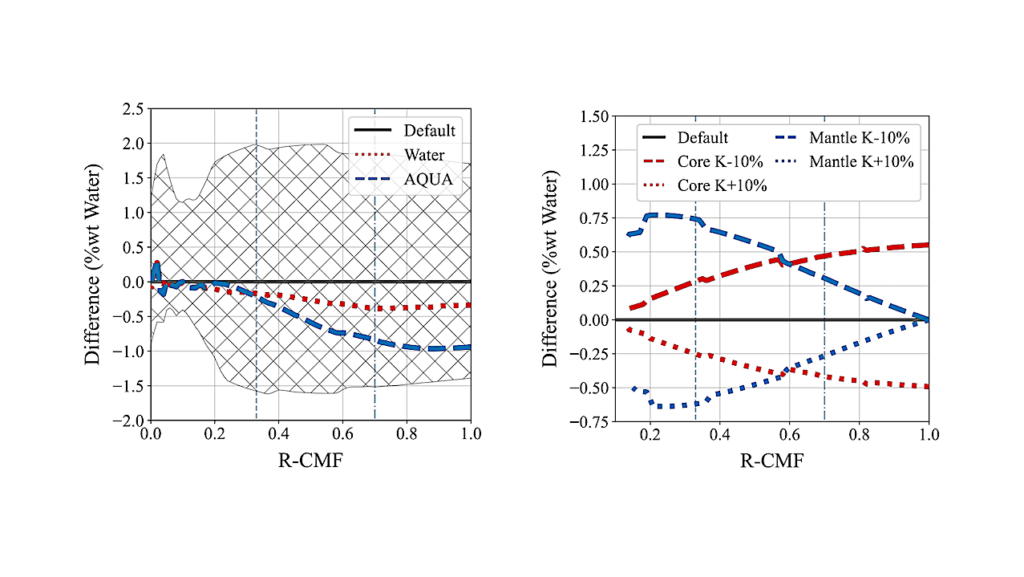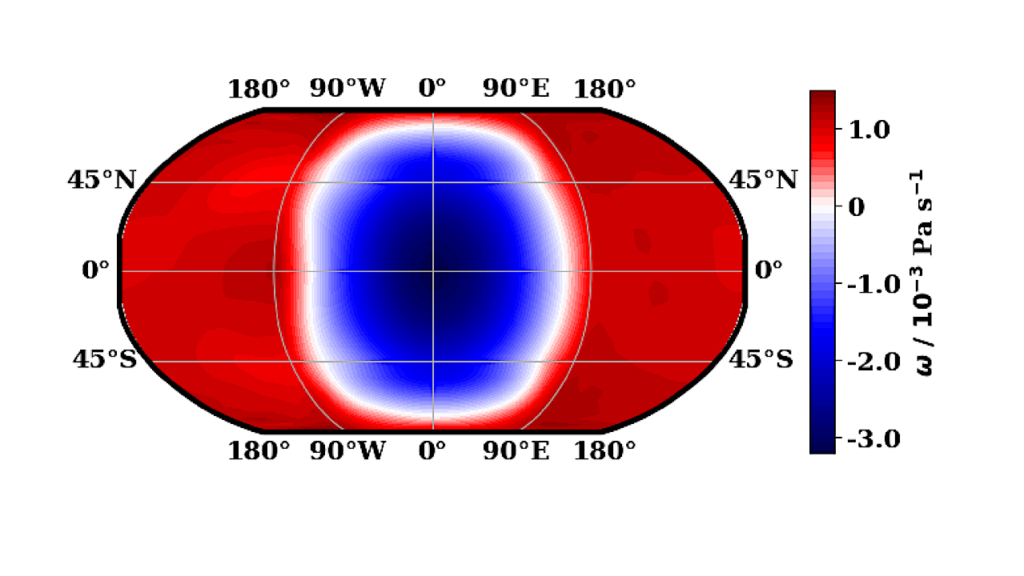TRAPPIST-1h As An Exo-Titan. I. The Role Of Assumptions About Atmospheric Parameters In Understanding An Exoplanet Atmosphere

Equilibrium temperatures of the TRAPPIST-1 planets calculated by Morley et al. (2017) assuming a bond albedo of 0.3 with uncertainties based on bond albedos ranging from 0.0 to 0.7. These are compared with the known surface temperatures of Titan and Earth, along with the melting points of water, methane, and ethane.
The TRAPPIST-1 system is home to at least seven terrestrial planets and is a target of interest for future James Webb Space Telescope (JWST) observations. Additionally, these planets will be of interest to future missions making observations in the ultraviolet (UV).
Although several of these planets are located in the traditional habitable zone, where liquid water could exist on the surface, TRAPPIST-1h is interesting to explore as a potentially habitable ocean world analog. In this study, we evaluate the observability of a Titan-like atmosphere on TRAPPIST-1h. The ability of the JWST or a future UV mission to detect specific species in the atmosphere at TRAPPIST-1h will depend on how far each species extends from the surface. In order to understand the conditions required for detection, we evaluate the input parameters used in one-dimensional models to simulate the structure of Titan-like atmospheres.
These parameters include surface temperature and pressure, temperature profile as a function of distance from the surface, composition of the minor species relative to N 2, and the eddy diffusion coefficient. We find that JWST simulated spectra for cloud- and haze-free atmospheres are most sensitive to surface temperature, temperature gradients with altitude, and surface pressure. The importance of temperature gradients in JWST observations shows that a simple isothermal scale height is not ideal for determining temperature or atmospheric mean molecular mass in transit spectra from exoplanet atmospheres. We demonstrate that UV transmission spectra are sensitive to the upper atmosphere, where the exobase can be used to approximate the vertical extent of the atmosphere.
Kathleen Mandt, Adrienn Luspay-Kuti, Jacob Lustig-Yaeger, Ryan Felton, Shawn Domagal-Goldman
Subjects: Earth and Planetary Astrophysics (astro-ph.EP); Instrumentation and Methods for Astrophysics (astro-ph.IM)
Cite as: arXiv:2207.12358 [astro-ph.EP] (or arXiv:2207.12358v1 [astro-ph.EP] for this version)
Journal reference: The Astrophysical Journal, 930(1), 73 (2022)
Related DOI:
https://doi.org/10.3847/1538-4357/ac59bb
Focus to learn more
Submission history
From: Kathleen Mandt
[v1] Mon, 25 Jul 2022 17:17:49 UTC (1,770 KB)
https://arxiv.org/abs/2207.12358
Astrobiology,


![From CO2- to H2O-dominated Atmospheres And Back — How Mixed Outgassing Changes The Volatile Distribution In Magma Oceans Around M Dwarf Stars [TRAPPIST-1]](https://astrobiology.com/wp-content/uploads/2025/05/From-CO2-to-H2O-dominated-1024x577.png)





